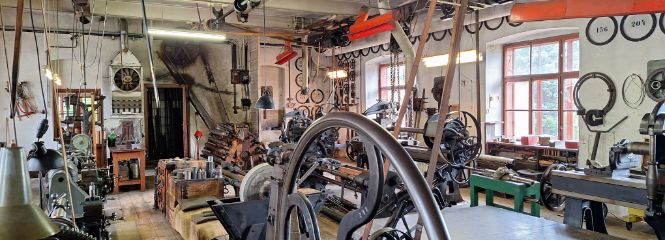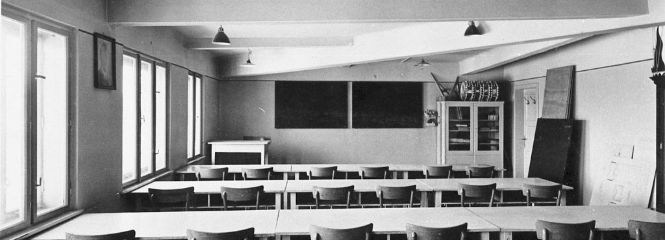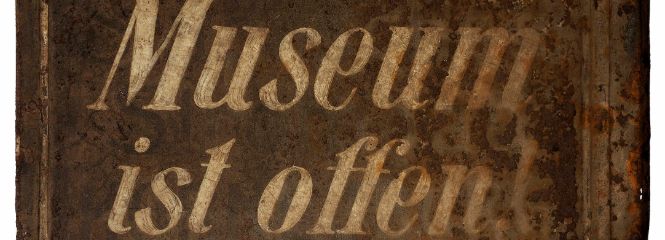Studium & Forschung
- Studienangebot
- Berufsbegleitend studieren
- Barrierefrei studieren
- Bewerbung & Zulassung
- Servicecenter für Studierende
- Forschungshighlights
- Forschungsdatenbank
- Wissensbilanz & Forschungsbericht
Quicklinks
Aktuelles
Universität
Kontakt
Dr.-Karl-Dorrek-Straße 30
3500 Krems




